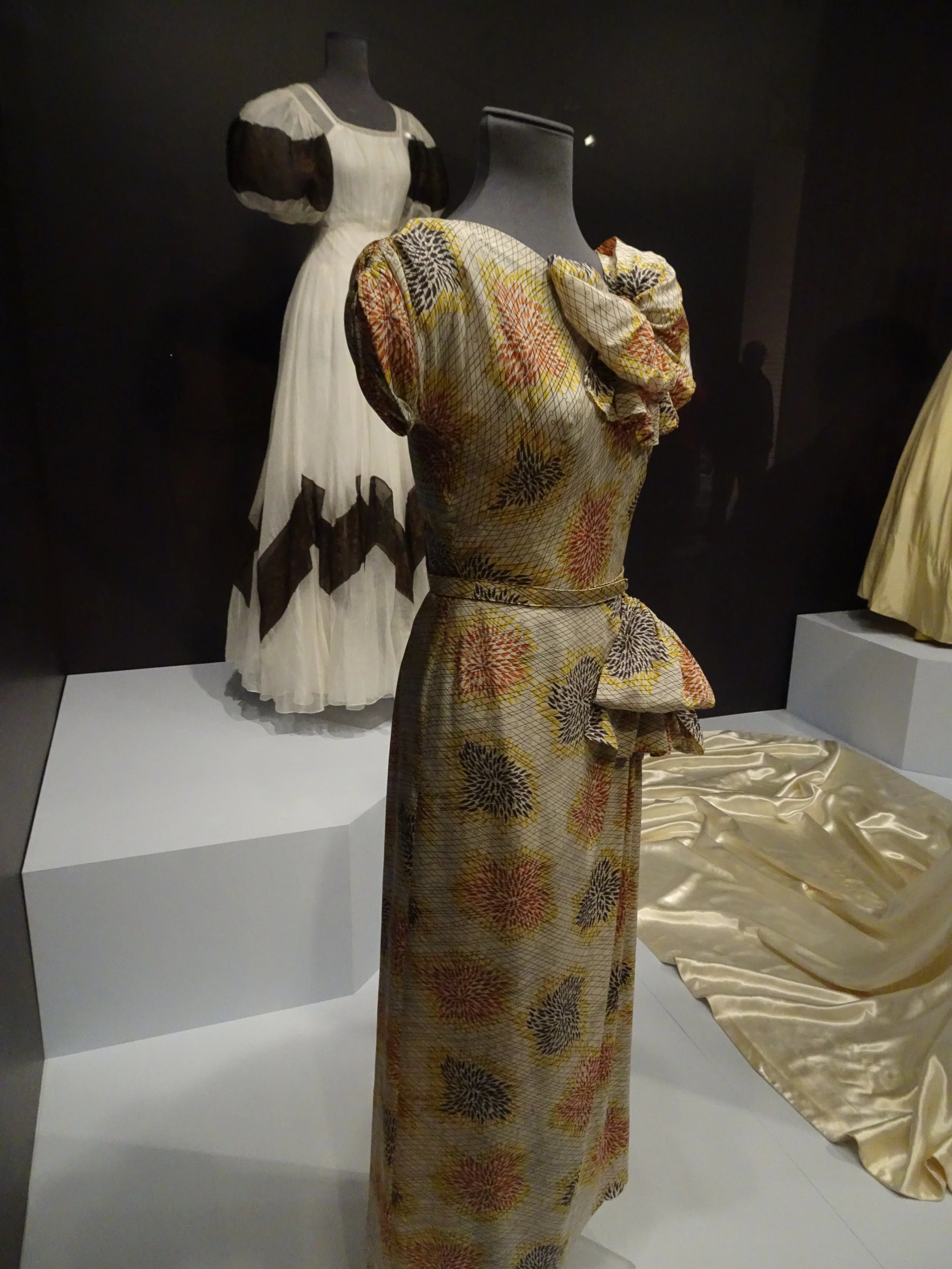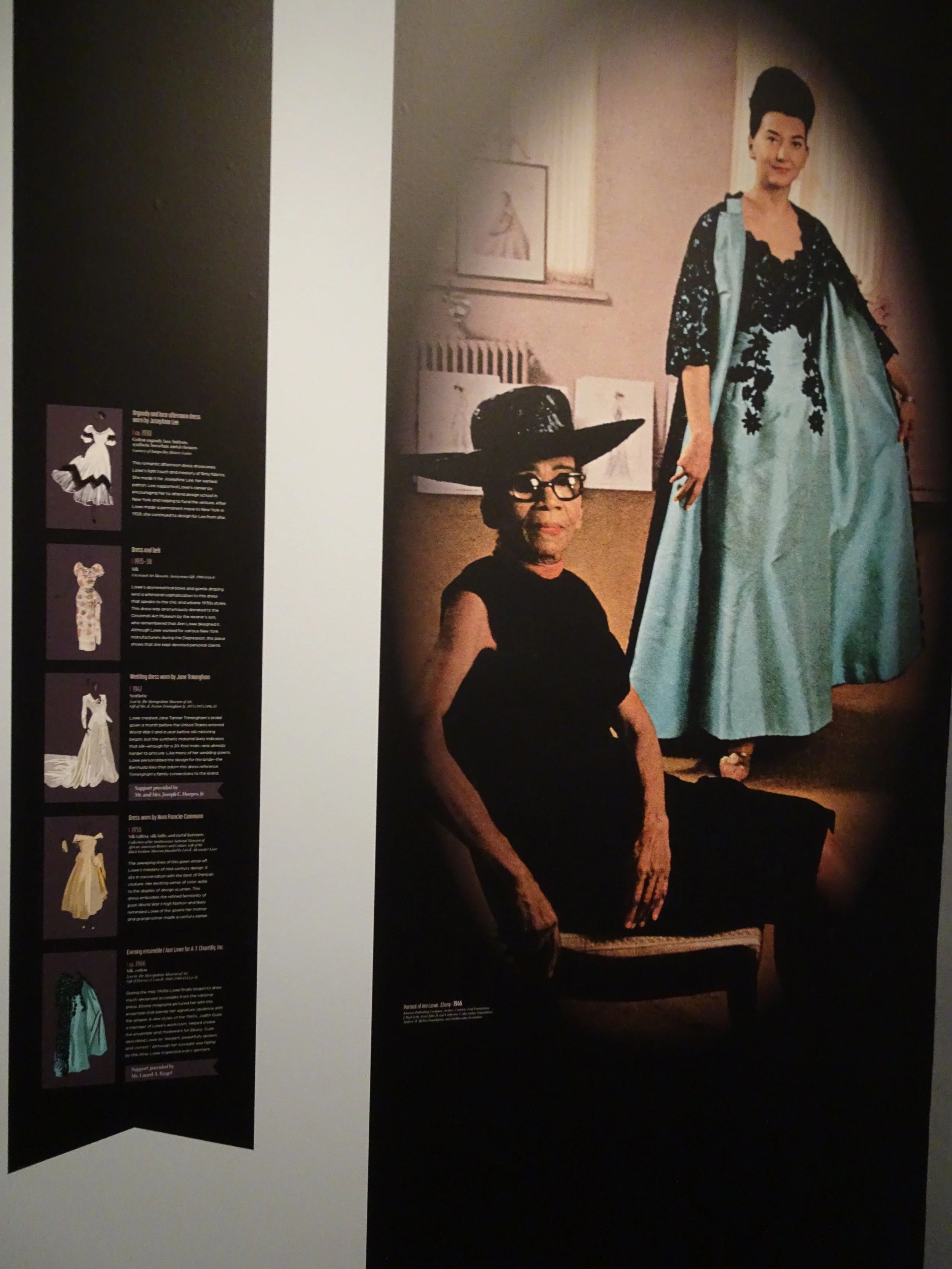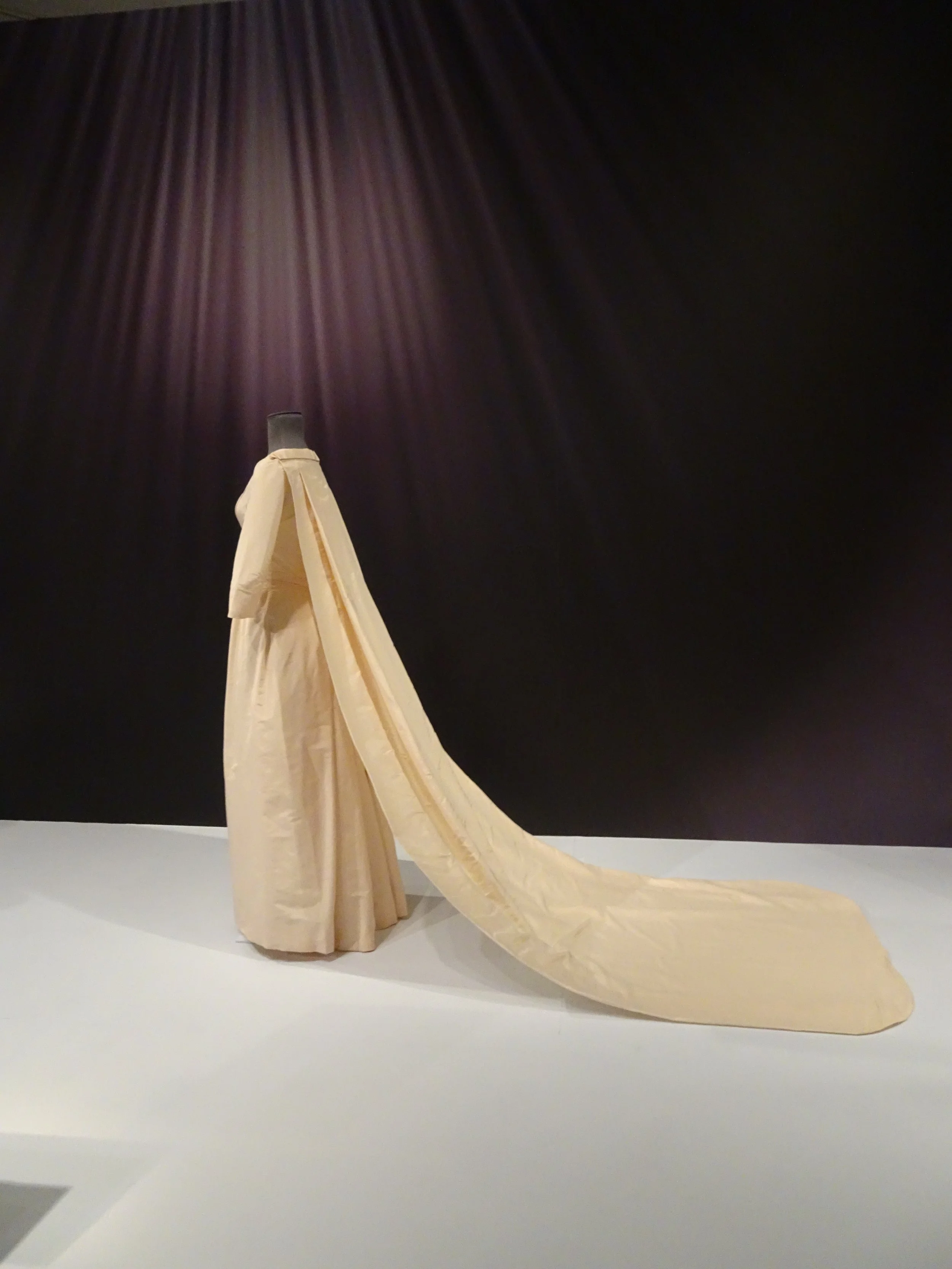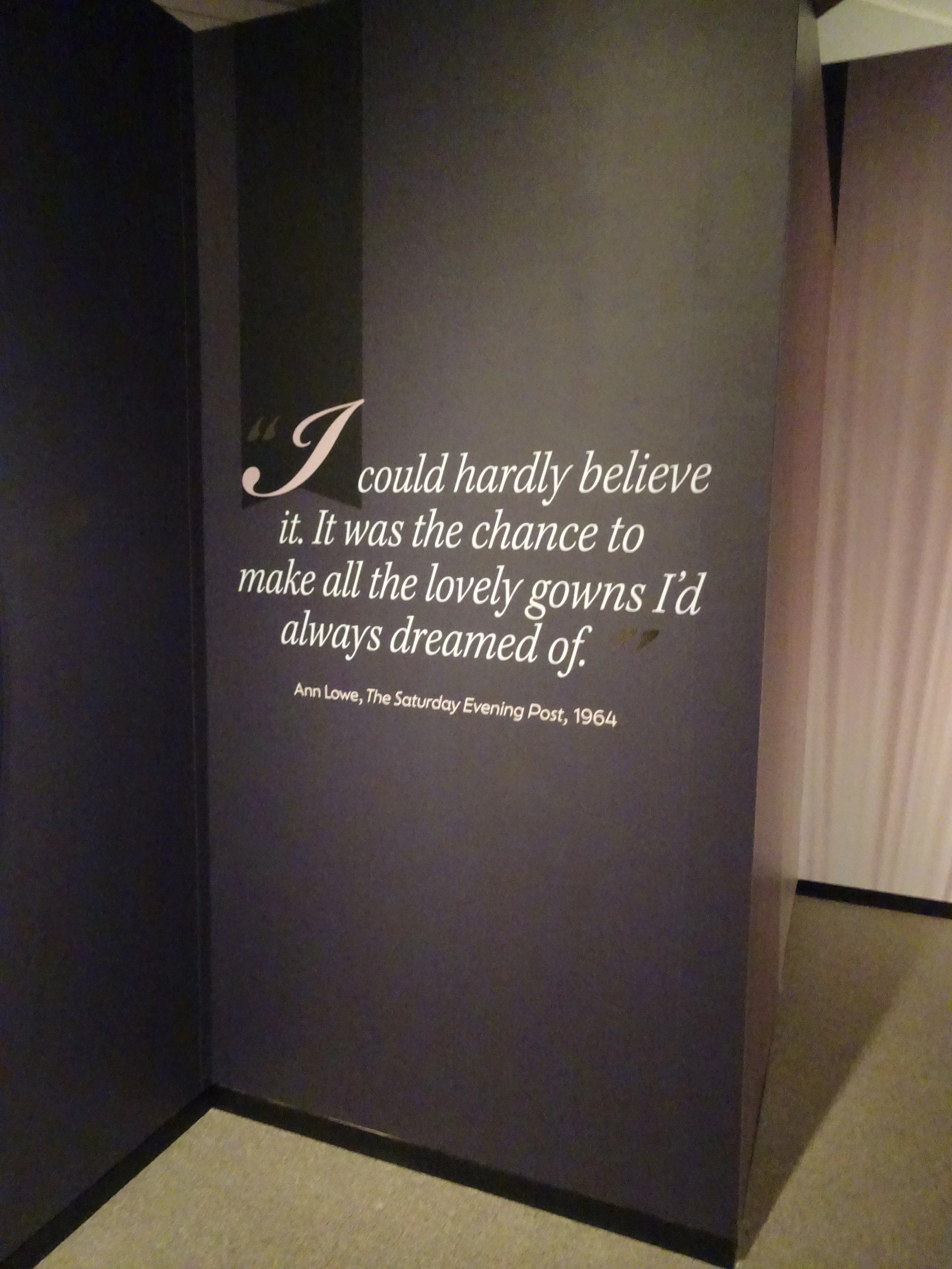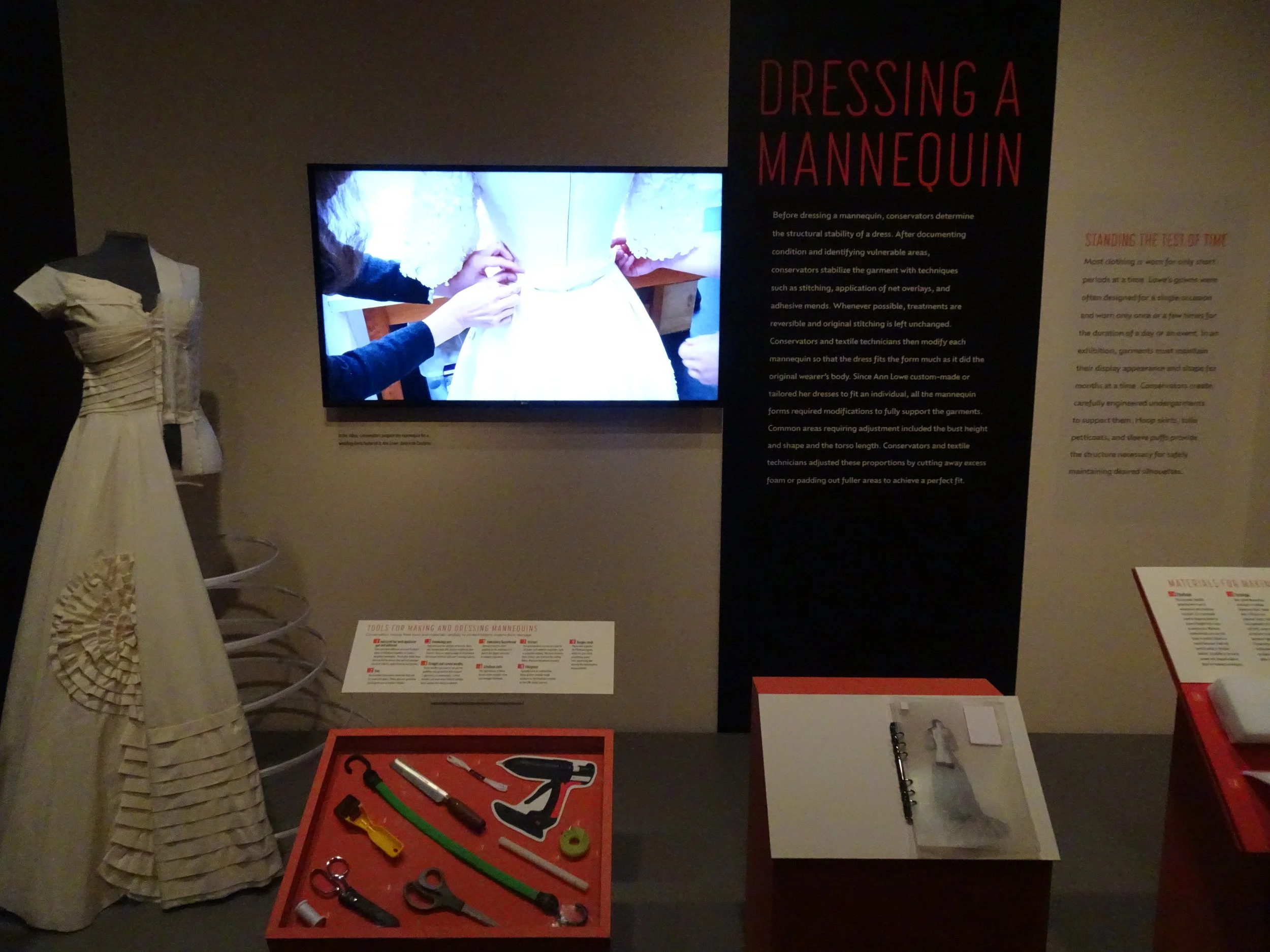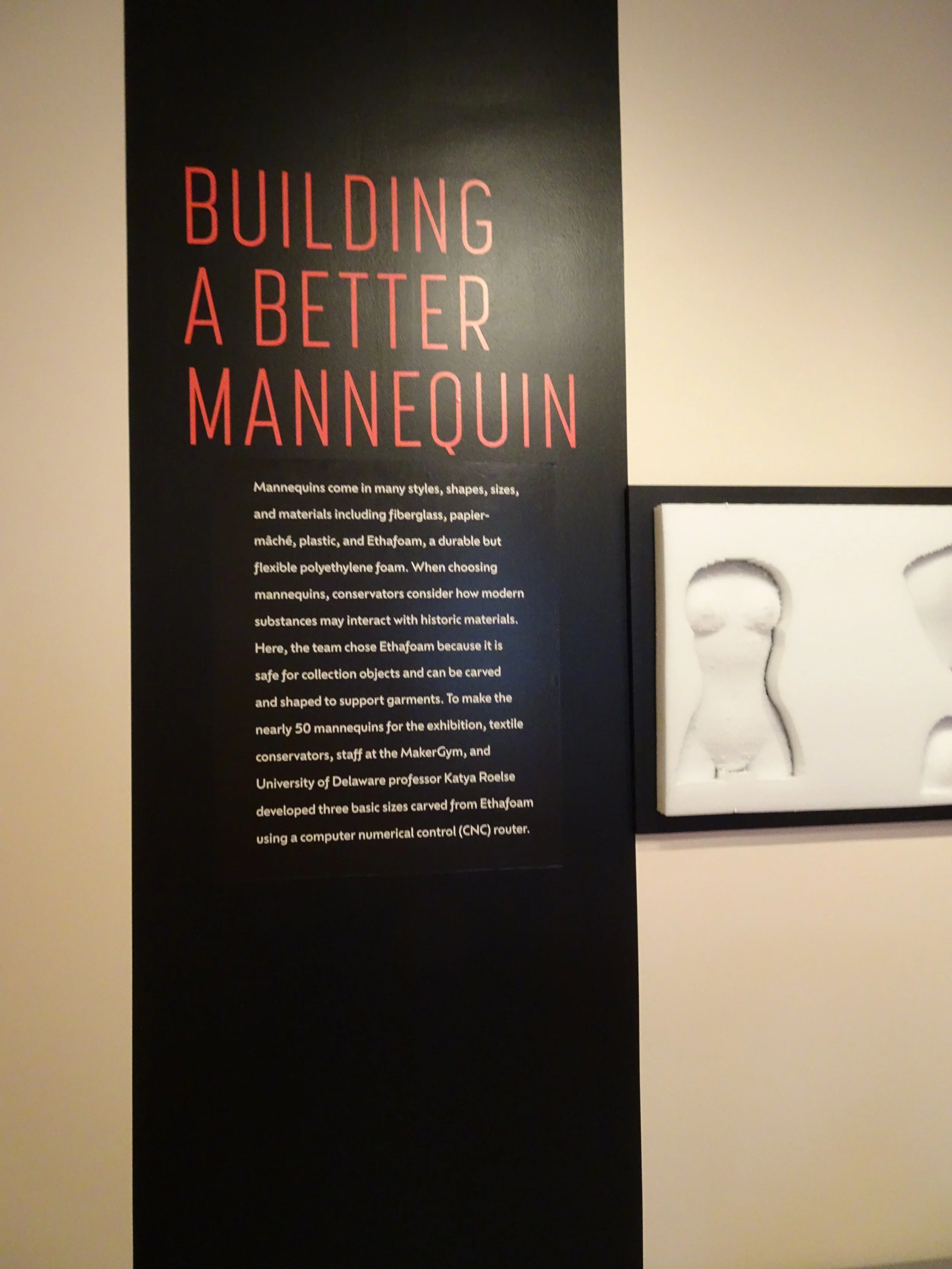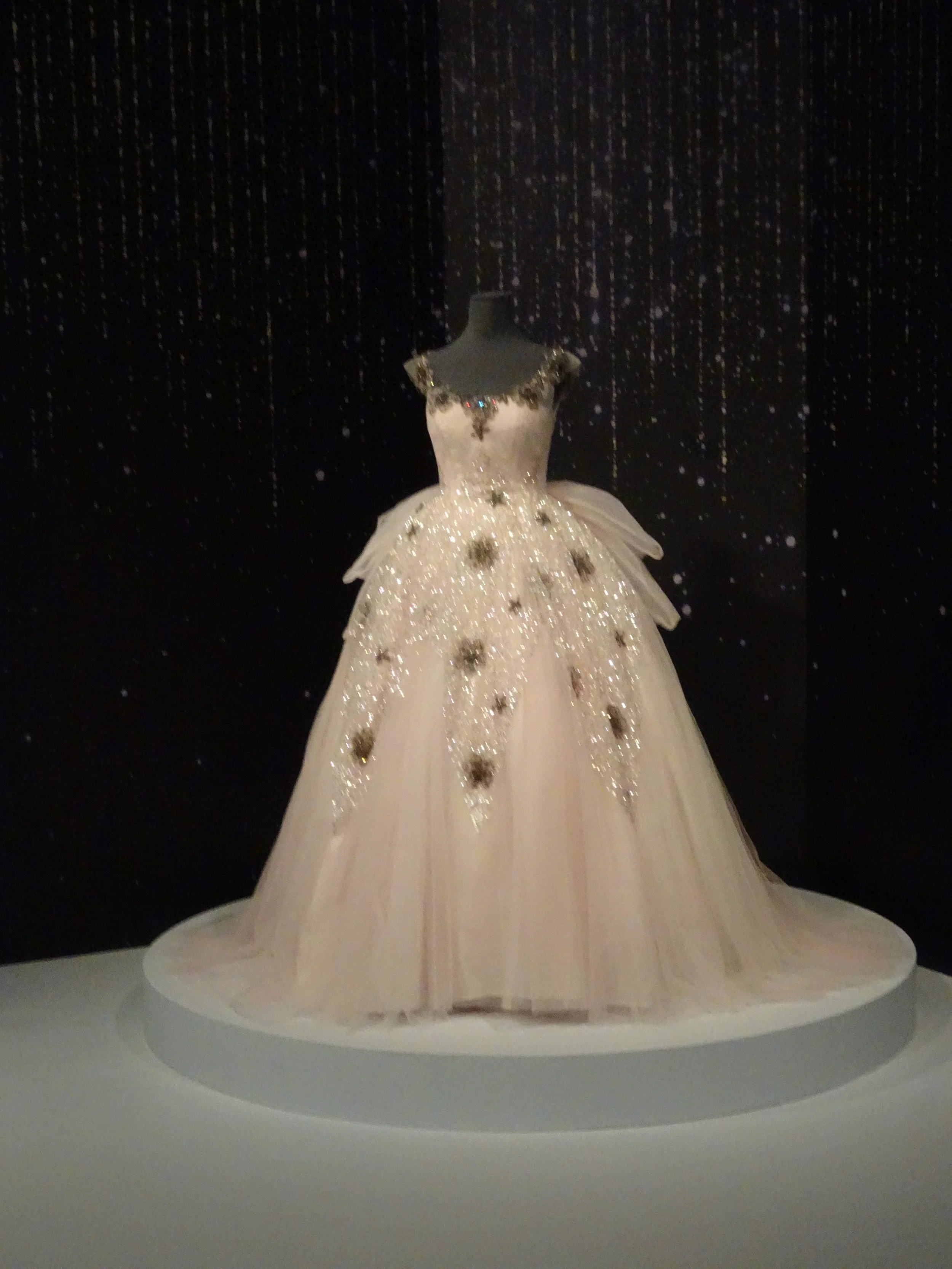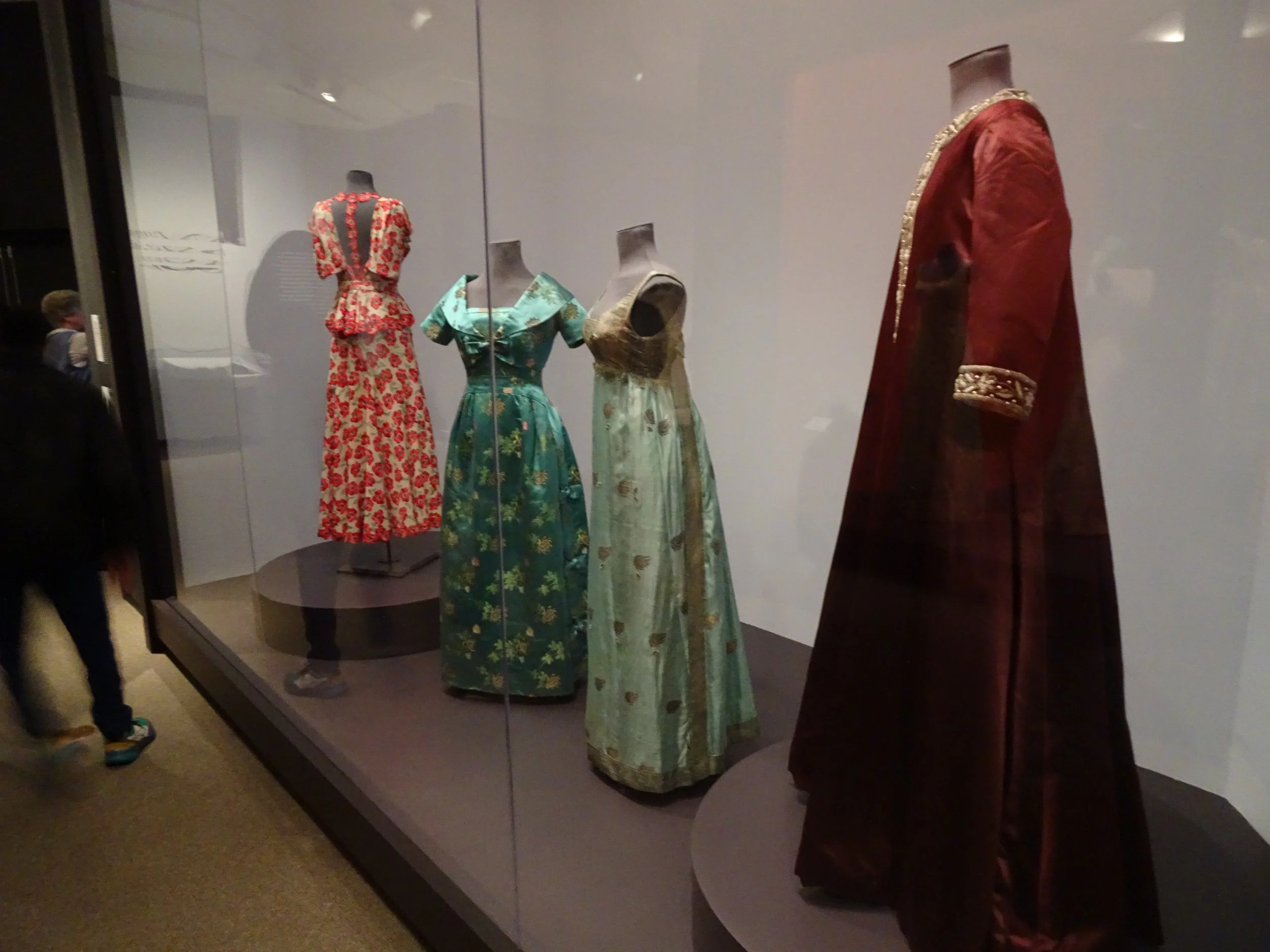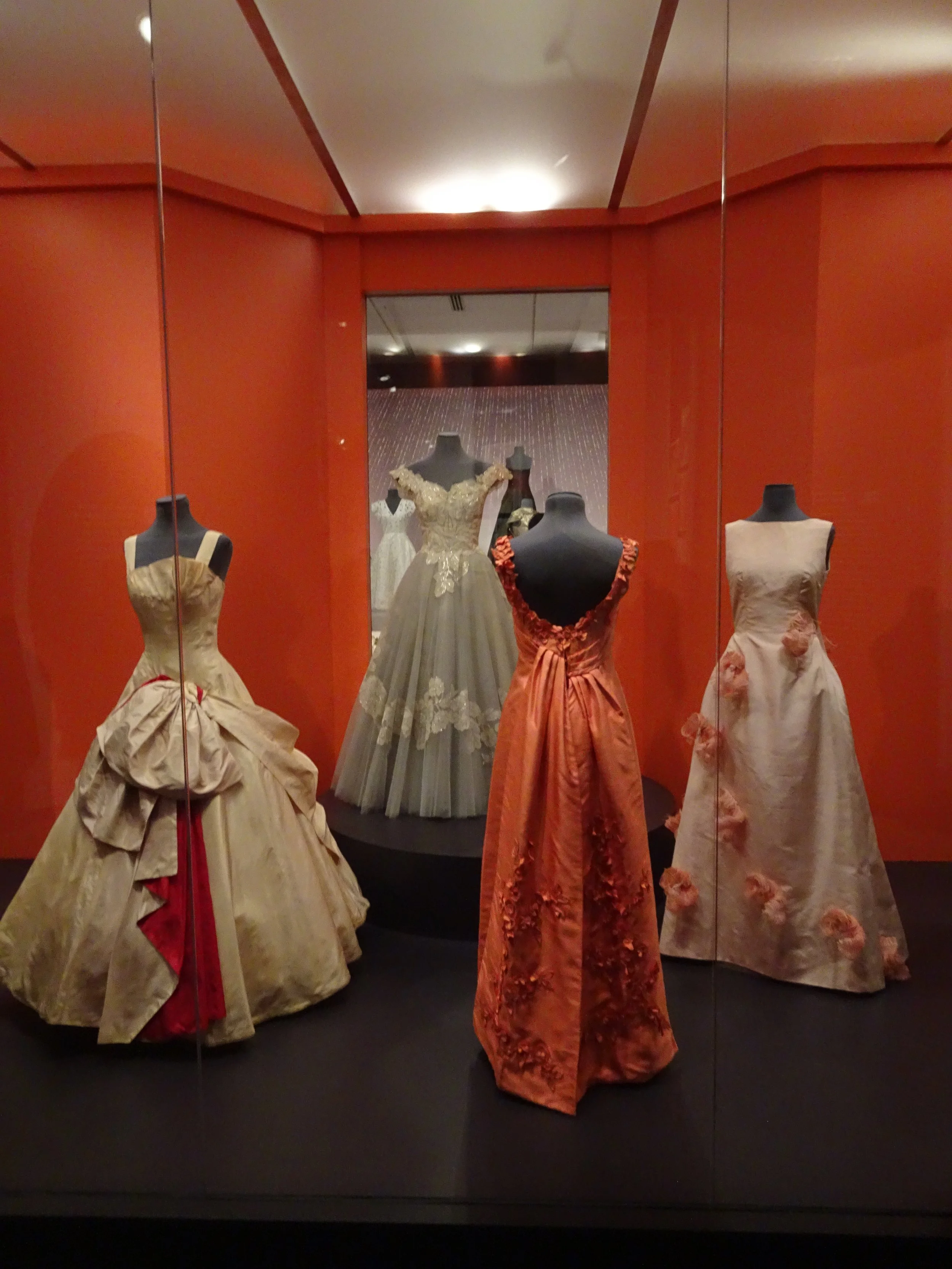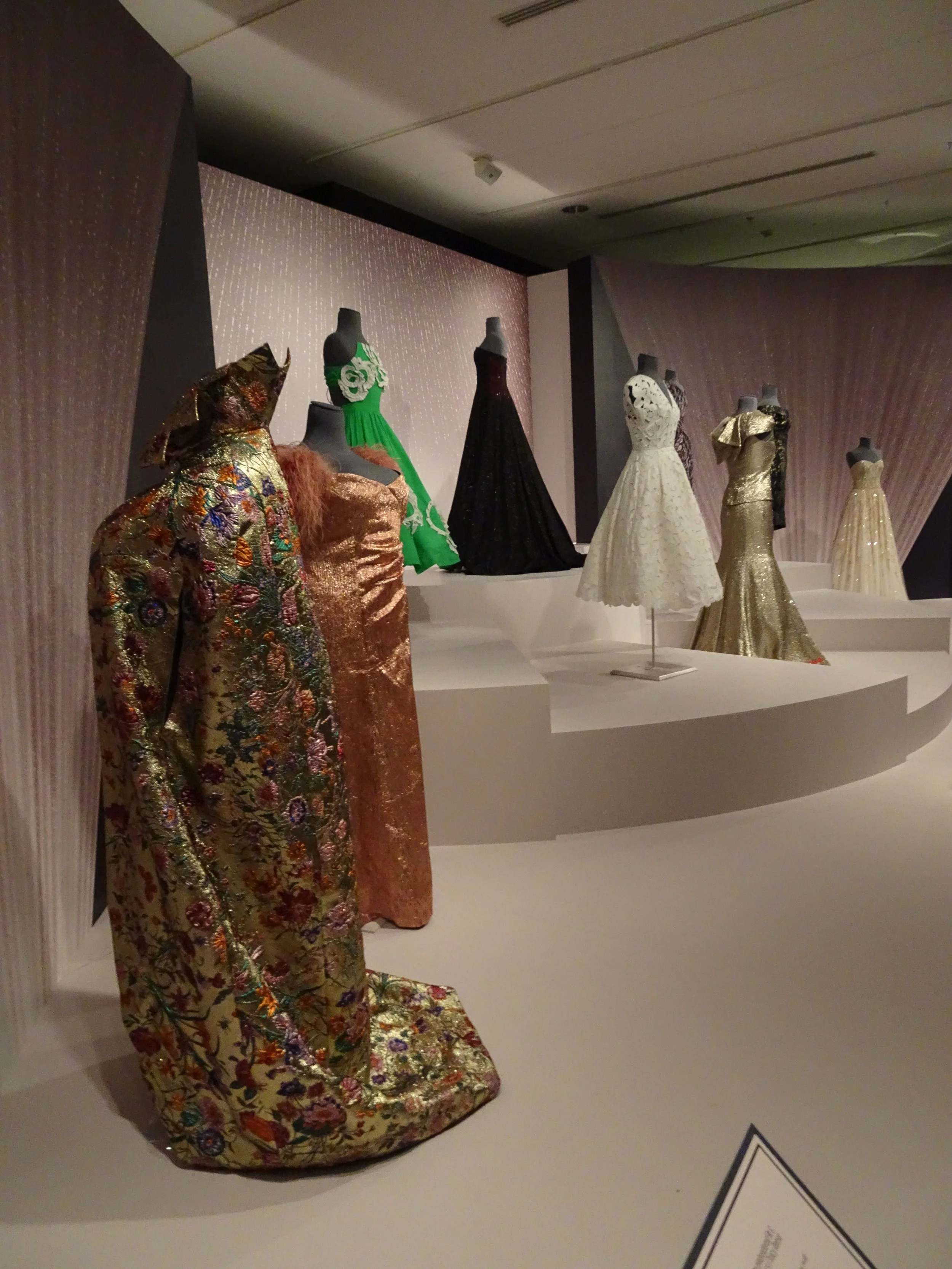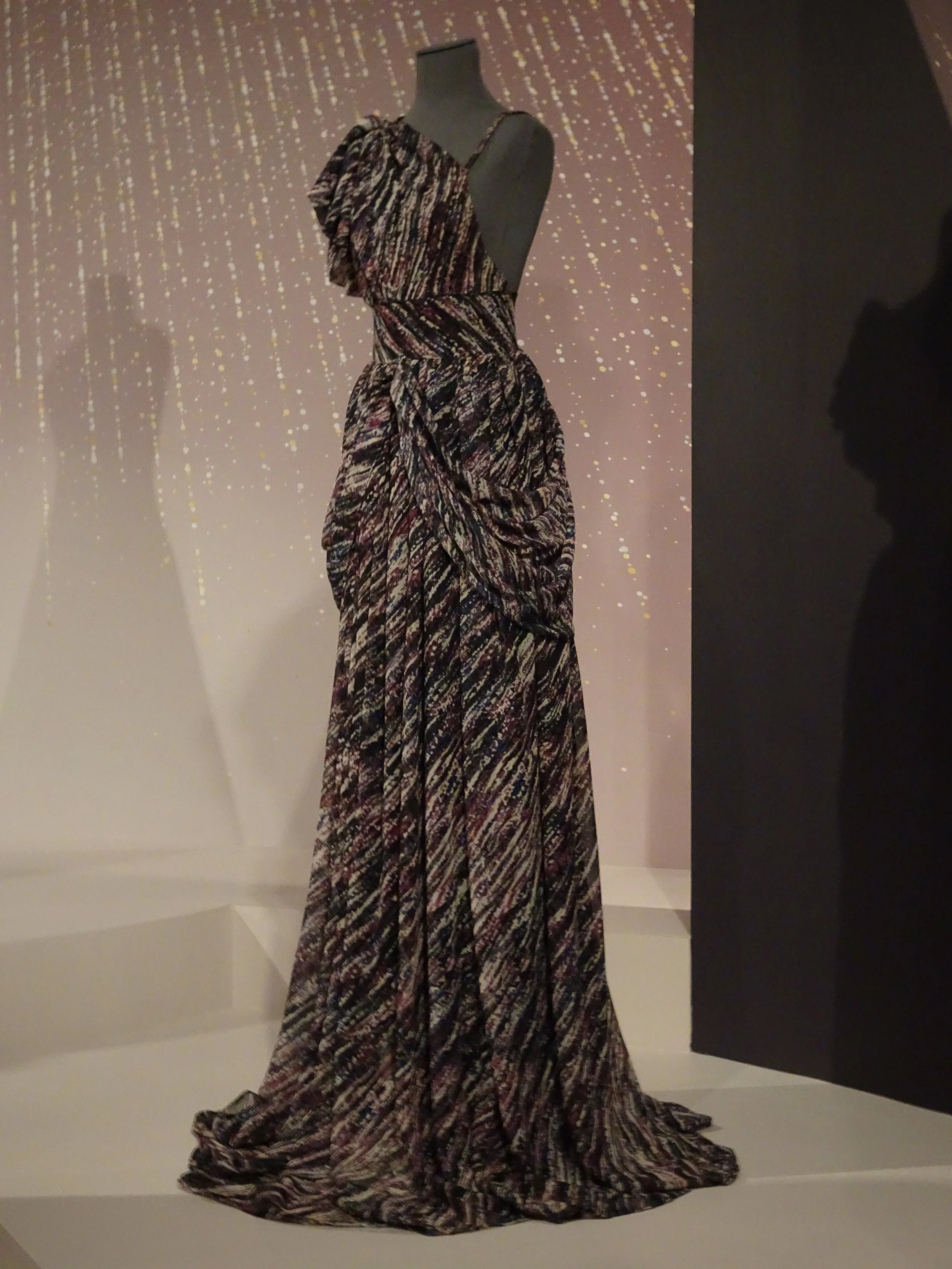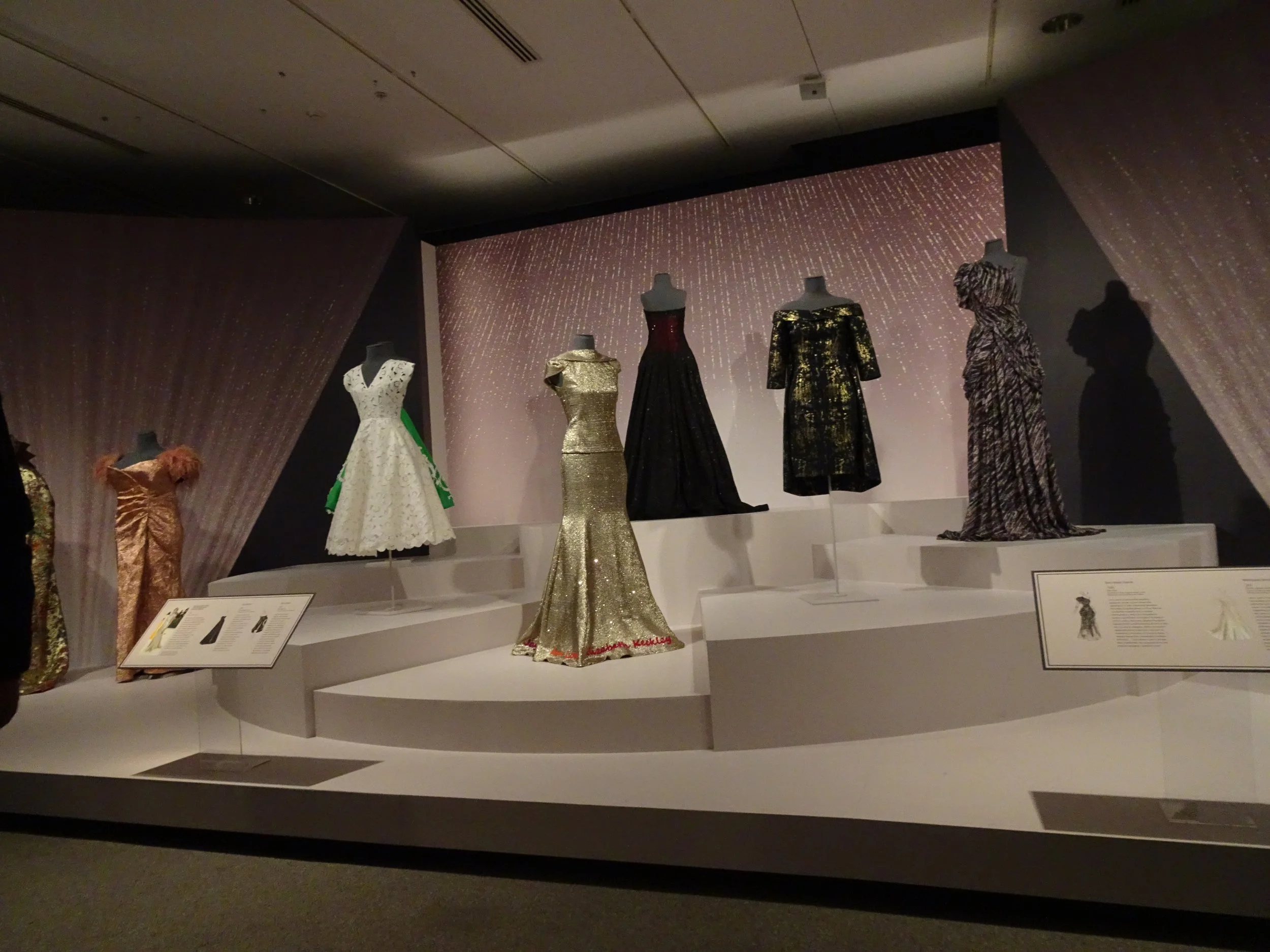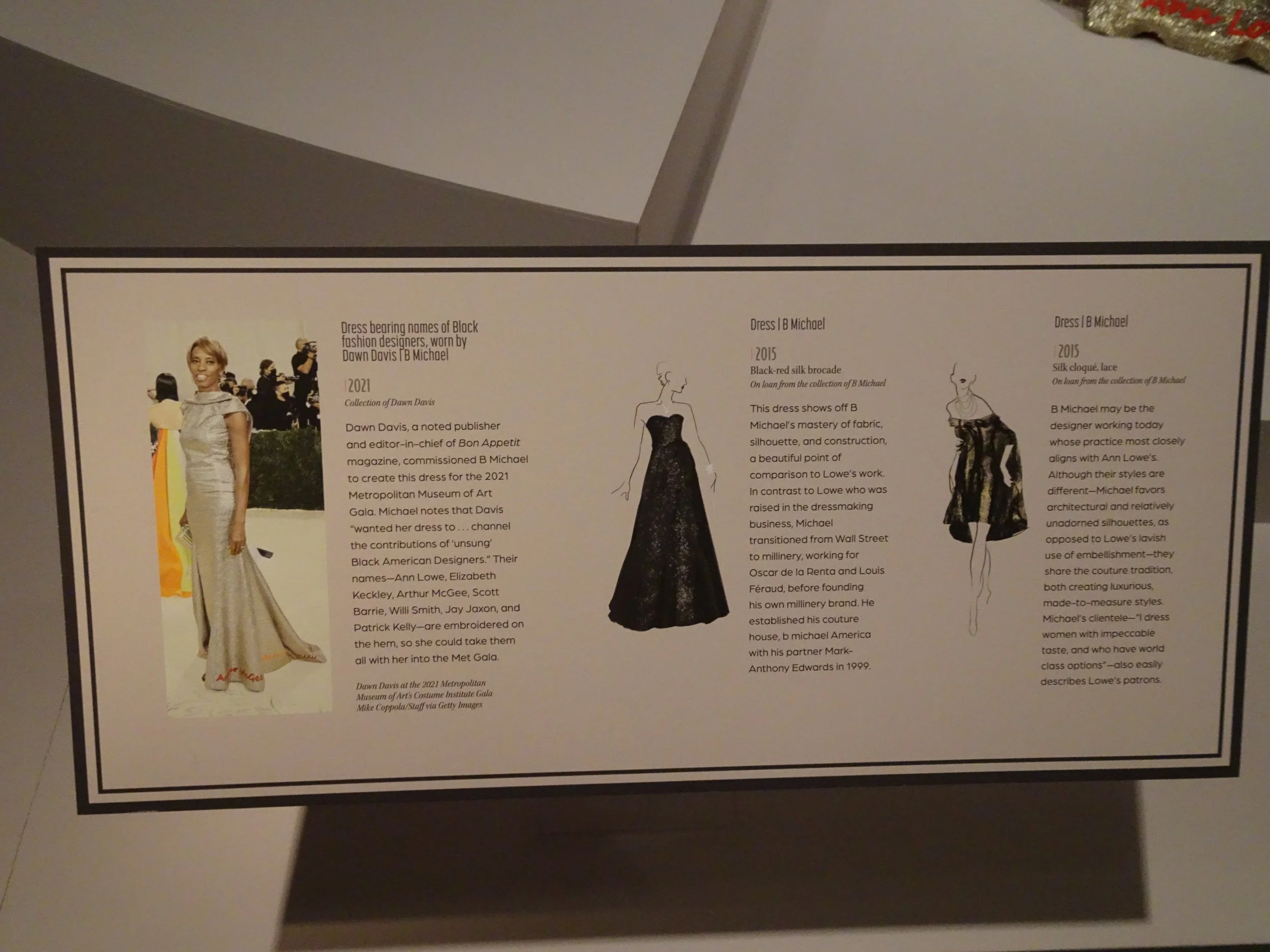The Ann Lowe Exhibit
Yesterday, my family and I visited the Ann Lowe exhibit at Winterthur Museum, where we had the opportunity to view over 40 of her iconic dresses spanning her entire career. While I first encountered her name in a brief session on black couturiers in American history during my undergrad years, it wasn't until September 2020 that I delved deeper into this fascinating woman.
During a Zoom call for New York Fashion Week, Andre Leon Talley, the keynote speaker. He illuminated Ann Lowe in the most inspirational way. He portrayed her as an unsung couture figure in American history, sparking my curiosity to delve further into the life of this remarkable woman.
Born Ann Cole Lowe on December 14, 1898, in Clayton, Alabama, she emerged as a trailblazing African American fashion designer, inheriting her skills from a family of adept seamstresses, most notably her grandmother, Georgia Cole. Her journey took her through design schools in New York City, including the S.T. Taylor Design School and the Fashion Academy, laying the foundation for a groundbreaking career.
Lowe's legacy includes crafting Jacqueline Bouvier's (Kennedy) iconic wedding dress in 1953, a testament to her exceptional talent. She shattered racial barriers in the fashion industry, earning recognition among elite clientele and accolades from the Couturier's Guild of America in 1962. Renowned for her exquisite craftsmanship and signature style, characterized by delicate fabrics, intricate beading, and lace, Lowe's influence on bridal and eveningwear continues to inspire designers today.
Despite her success, Lowe faced financial challenges in her later years, prompting her retirement in 1972 at the age of 71. She also had two unsuccessful marriages, as both husbands wanted her to spend less time sewing and more time being a wife. In a 1966 interview with Ebony magazine, she reflected, "All the pleasure I have had, I owe to my sewing." Living with her adopted daughter Ruth, Lowe battled a prolonged, undisclosed illness until her passing on February 25, 1981, in Queens, New York.
Ann Lowe's enduring impact on the fashion world, particularly in bridal and eveningwear, is undeniable. Her story serves as a poignant reminder of the resilience and talent of African American designers in the face of adversity.
September Fashion Week |VA
This September, I had the privilege of curating and hosting my inaugural sustainable fashion show. My initial vision painted a picture of a grand, airy venue, with lofty ceilings, pristine white walls serving as the perfect canvas for showcasing exquisite clothing, sleek yet non-slippery floors for models to strut, and an unforgettable cocktail hour. However, reality took a different turn.
Instead, we found ourselves in a rustic lodge that demanded a touch of imagination and tender care to transform it into a stunning fashion event. The entire space underwent a creative overhaul to conceal the imperfections that often accompany older buildings. The floors underwent rigorous scrubbing until they showed signs of luster, while the kitchen received an intensive deep cleaning. The result? Perfection.
This event marked the perfect initiation into the world of sustainable fashion shows. Even though every facet of it strayed far from my initial imaginings, it unfolded precisely as it was meant to, leaving me without a single regret.
What this entire experience taught me, in a most profound way, was that the toxic pursuit of perfection can often stifle the birth of great ideas. Four potential venues turned me down for a variety of reasons, some delivered politely while others not so much. But one rejection couldn't extinguish the fire of our determination.
What made this journey even more remarkable was witnessing how the models gracefully and professionally weathered every obstacle thrown their way. Their resilience was nothing short of inspiring. And then there were the guests, their faces lighting up with astonishment as they beheld the magical transformation of the space. Watching people revel in wholesome fun, laughter, and smiles was the true measure of the night's success.
From the torrential rain that pounded outside to the joyous camaraderie that permeated every corner, it was an evening truly blessed. So much so that I found myself fielding a question that surprised me: "Will you do this every six months?"
The moral of the story? It may not always unfold exactly as you envision, but in the end, it will become what it's meant to be.
Fashion Note.18
America's relationship with cheap products in the market is problematic and dangerous, as the increasing availability of similar or identical products has made price the ultimate arbiter of consumer choice. This focus on low prices has led to a shift in power away from manufacturers and workers, towards giant retailers and stockholders, enabled by technology-enabled globalization.
The rise of online shopping and self-service has reduced the need for skilled staff, with consumers bearing more responsibility for their purchases. However, this has also led to a reduction in choice as price has become the primary factor in decision-making. Discount fashion, which has infiltrated various market segments, is a category killer, with millions of people willing to go into debt to purchase items on installment plans.
The manipulation of prices by retailers is meant to confuse consumers and lead them to make impulsive purchases, with little regard for the quality or craftsmanship of the products. As a result, many consumers end up with poorly made, unflattering clothes and shoes in horrible shades and prints. Factory outlets, which were once a popular tourist destination, have now become a fast-growing retail segment and a part of the travel industry.
Fast fashion brands like H&M and Zara offer the masses trendy clothing at affordable prices but at a hidden cost to the environment and society. Cheap fast fashion has made fashionable and desirable garments devoid of craftsmanship, with alarming environmental and social implications.
While some argue that discounting helps keep inflation at bay, others argue that the great depression was characterized by deflation, not inflation. In recent decades, wage stagnation and growing debt have made discounting even more appealing.
Many people who live a cheap lifestyle, including buying cheap food, reflect our cultural traditions and values, with price often being the primary factor in deciding what to eat or wear. However, most consumers have no idea what goes into setting a price, with many overestimating profit margins.

